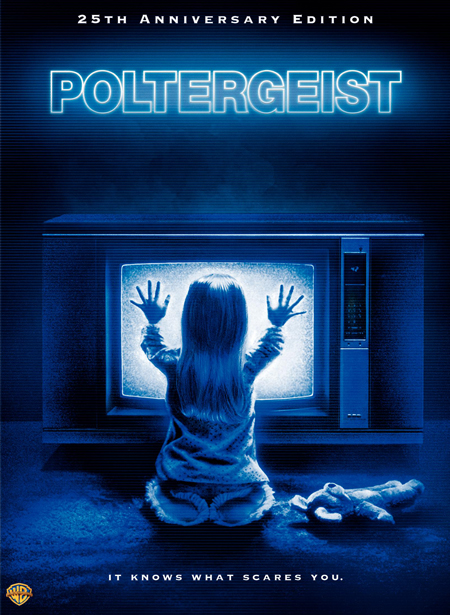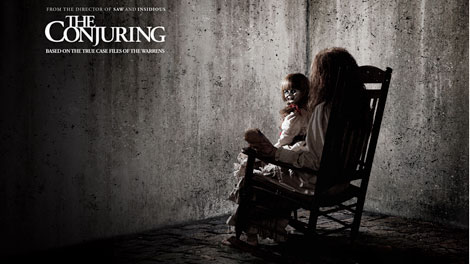Despite packing all my books up recently, I finally managed to pick up two volumes of Brandon Seifert and Lukas Ketner’s Witch Doctor. This comic, published by Image, features the adventures of Dr. Vincent Morrow, a licensed doctor of the occult. As the comic’s byline says, he’s “looking for a vaccine — for the apocalypse — and in his quest to understand the biology of the supernatural, he faces vampires, demonic possession, faeries, and more!”
Recent conversations on Twitter and in the blogosphere (with A. David Lewis and Jeff Bracket) have highlighted the dynamic content available in graphic media for religious studies scholars. A core of secondary literature is emerging, focusing especially on Lewis‘ newly released Graven Images: Religion in Comic Books & Graphic Novels.
I’ll compile an Amazon recommendation list eventually, but don’t miss out on Jeffrey Kripal‘s Mystics and Mutants: Science Fiction, Superhero Comics, and the Paranormal, Chris Knowles’ Our Gods Wear Spandex, or Greg Garrett’s Holy Superheroes! And be sure to check out Jeff Bracket’s reading list for his “Religion and Popular Culture” course’s 7 week Comic Book unit.

Cover of Knowles’ Our Gods Wear Spandex
Judging by the growing body of literature, we’re increasingly recognizing the secular manifestations of religious themes in popular culture. Comics are especially sharp meditations on what it means to be human. Because superheroes act in the human world, they are always resolving the tensions implicit in their paranormal abilities.
In the hero sense, Vincent Morrow, the Witch Doctor, is remarkably frail. He is not cowardly, but he is human. It is his special knowledge of the occult that drives his victories over his supernatural enemies. I’m only two volumes in, and while there appears to be a messianic subplot that may reveal Morrow as uniquely destined to save the world, it doesn’t hinge on superhuman power. In the end, Morrow is a specialist who relies on hired guns for the heavy lifting.
If there’s one thing that fascinates me about this series, it’s the invocation of a biology of the supernatural. Straight from Wikipedia, (the horror!) “Biology is a natural science concerned with the study of life and living organisms, including their structure, function, growth, evolution, distribution, and taxonomy.” In this series, the supernatural is positioned taxonomically as another extension of natural life. This both makes it “natural” and gives readers a way to understand Morrow’s approach. It roots and validates the scientific process as well as the supernatural. It is a both-and approach that denies neither side of the enlightenment divide. How easy it is to make the mistake of drawing the line between reason and superstition? This series plays right on top of that line, erasing it as it tap dances its way merrily along dealing with demonic possessions with magical steampunkish medical devices.

WITCH DOCTOR #3 (of 4) Cover (Photo credit: Brandon Seifert)
Morrow has a particular appreciation of supernatural taxonomy. In this respect, he plays the role of both naturalist and explorer. He dashes boldly along because it is thrilling to be the first to discover the unknown, to stand where no one has stood before, to see with your eyes what you have never seen before. This is unlike the naturalist, who delights in discovery as an extension of pre-existing knowledge. A new plant? Marvelous! Where does its genus fit on the taxonomical tree? (For more on this distinction see Paul Carter’s newly reprinted The Road to Botany Bay.) Morrow appears thrilled by both sides equally. It’s another tap dance.
In other moments, the Witch Doctor finds himself less medically oriented and far more invested in the patchwork elements of the new age. In Volume 2, for instance, Morrow astrally projects. A complex evocation of this religious practice (out of body experience) includes nods to chakras, blood magic, voodoo dolls, and spirit possession. It’s an impressive mashup of religious content. The reviewers from Publishers Weekly called it “a dizzyingly imaginative romp” that combined equal parts Doctor Who and Lovecraft. I couldn’t agree more. It is medical horror done with enough wit and cheek to keep the horror from becoming overwhelming. And Morrow certainly seems like a madman with a box that’s bigger on the inside, only in this instance it is a medical briefcase where he keeps Excalibur. (No, I’m not kidding. In another moment, Morrow casually says he has the Holy Grail in his possession. I’m looking forward to that reveal in future issues.)
In conjunction with Hellboy, which I have written about it before, I think we see an important thematic approach to the supernatural: It is not lightly discarded or freely ridiculed; it is accepted. That embrace can appear gnostic–as in Hellboy, which begins with a secret paranormal ritual on the crumbling ruins of a Christian abbey–but the trend is to present the supernatural as normative. After all, Hellboy’s personal journey is one of his desire to be normal. Witch Doctor does this as a medical horror story, but it is the medical and not the horror that makes the supernatural normative. In Hellboy, the Bureau for Paranormal Research and Defense proclaims its members as those who “bump back” against things that go bump in the night. There the horror must be accepted first. The premise is that all of our secret fears are true. In Witch Doctor, our fears are presented as scientific fact.
Overall, I think I’m quite fortunate to be working at a time when the scholarly community is coming to recognize the true vitality of religion in popular culture. I think we’re still in for a rocky road as we continue to battle over what constitute “popular.” At least this means it really is not a battle for legitimacy any longer. It is a battle for effectiveness and representativeness. That’s a turf war, not a rejection of the merits of method or content.
Witch Doctor probably doesn’t make the category of what’s popular in a meaningful way. (Perhaps because it is only two years old and printed by an independent comic publisher and not DC or Marvel.) Nevertheless, I offer it as an excellent instance of fictional supernaturalism. Its direct evocation of biology only adds to its intelligent manipulation of religious material(ism). Its playfulness is its strongest feature and very suggestive of the broader range of supernatural elements in comics. When we find that Doctor here means something more like mad scientist and witch means cunning folk, I think we get material that lays right at the heart of the American experience.
Inverting these elements–and those of science and the supernatural–is intensely rewarding. It imagines a world that is not divided so arbitrarily as ours has been. (It’s also evidence of the growing rejection of the secularization models that fostered that division, which isn’t to say that the secular world is any more ready to accept the supernatural as fact. It is, however, ready to discuss the ways in which religion continues to permeate the secular world and its cultural products.) Morrow’s world appears to have never had a culture war, never truly separated science and the supernatural. That alone is a premise worth exploring.
If you’ve got the time and $10.35, consider giving it a shot. Here’s a juicy cover image to entice you.

Witch Doctor: Mal Practice, Issue #1
Tags: A. David Lewis, Comic Book, Hellboy, Jeff Bracket, Superhero Comics, supernatural, Vincent Morrow, Witch Doctor





















